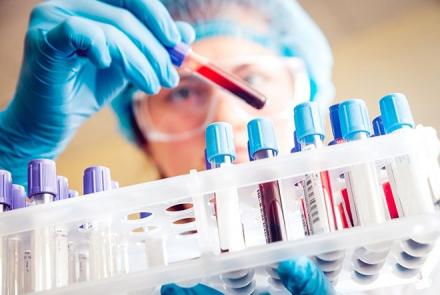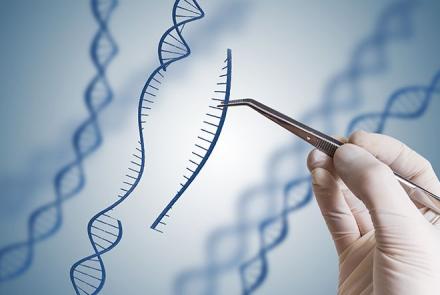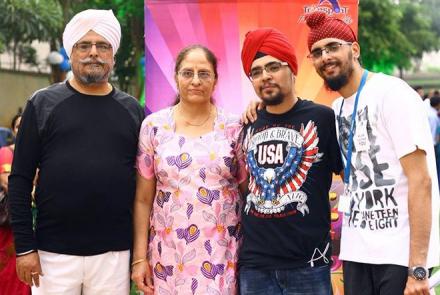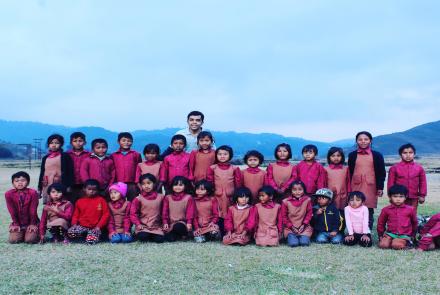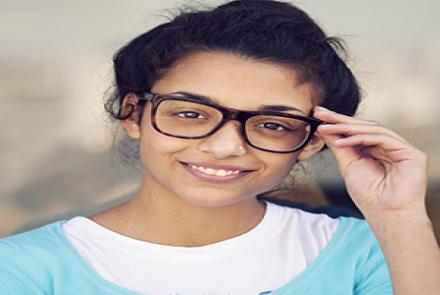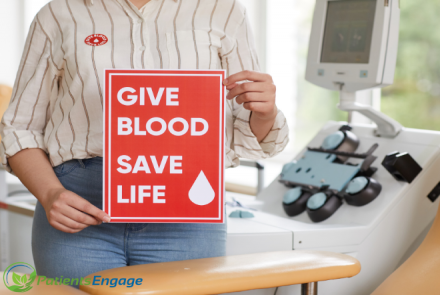
Dr. Rima Anand of Wadia Hospital, Mumbai, who has 17 years of experience in Pathology and Transfusion medicine, answers burning questions on the feasibility of stem cell transplants for Thalassemia, eligibility criteria and post transplant care required for patients.
What is the burden of Thalassemia in India? Have you seen an increase or decrease in these in their numbers?
India has a huge burden with an estimated 100,000 patients with a β thalassemia syndrome. There are more than 1000 Thalassemia Major children in Mumbai. Their number has certainly not decreased.
What do most children present with when they come for diagnostic testing? If positive, do you test all the family members?
Children with beta-thalassemia major usually become symptomatic before second birthday. Child generally presents with severe anemia. Other signs and symptoms include fussiness, paleness, frequent infections, a poor appetite, failure to thrive and jaundice.
If positive, both the parents must be tested for Thalassemia minor.
Are they sent for counselling to understand the condition? Are there special Counselors/social workers who guide and work with Thalassemia families?
The parents are sent for counselling by the doctors after the diagnosis. There are various institutions in India as well as social organization like the Rotary clubs, Lion clubs and various NGO’S and Thalassemia parents-patients societies who work with thalassemia families. In Mumbai, there are various organizations like We Care trust, Mumbai Thalassemic Society, Parents Association Thalassemic Unit Trust(PATUT), Citizen etc.
Related: Dr. Mamta Manglani On How To Prevent Thalassemia
How does the stem cell transplant work? What does the procedure entail?
Stem cell transplantation, sometimes referred to as Bone marrow Transplant, is a procedure in which a patient receives healthy blood forming cells (stem cells) to replace their own stem cells which have been destroyed by a disease. The healthy stem cells come from the blood or bone marrow of the patient (Autologous Transplant), from a donor (Allogenic Transplant) or from umbilical cord blood of a new born baby.
An Allogenic stem cell transplant remains the only curative option for majority of patients with Thalassemia Major.
Stem Cell Procedure entails the following steps-
Step 1 - Blood is taken from vein in the arm of the donor. The blood flows through a machine that removes the stem cells. Then the blood is returned to the donor through a vein in the other arm.
Step 2 - The patient receives chemotherapy and sometime radiation therapy to kill Blood forming cells. This is called Conditioning Treatment.
Step 3 - The patient receives stem cells through a long thin tube (Intravenous catheter) which is placed into a large vein of chest or neck. The catheter, often called a Central Line, usually remains in place for duration of treatment to infuse the stem cells and other medications and blood products into the body. After the stem cells are infused into the patient’s blood stream, they travel to the bone marrow and begin the process of forming new, healthy blood cells including white blood cells, red blood cells and platelets.
Who is eligible for Stem Cell Transplant?
In order to determine if a patient is eligible for stem cell Transplant, the patient’s healthcare team will consider
- The patient’s general health and Medical condition- Liver enlargement, spleen enlargement or very high Ferritin levels (greater than 5000ng /ml) might affect outcome. Age is also an important factor, the younger, the better. BMT should ideally be performed before 7 years and probably avoided after 15 years of age.
- The availability of a suitable Donor- HLA typing is done to find out whether there is a matching donor for the patient.
The patient can receive stem cells from one of the three sources-
- A family member generally a sibling who is a complete match. Transplant from siblings is the safest with highest chances of patients getting cured.
- As a second choice, partially matched family members, such as a mother or father, can be used even though this is still in the development phase.
- Thirdly fully matched unrelated donors can also be used.
The chance of success depends upon the availability of compatible sibling and on medical condition of the child.
Must Read: Feasibility of Stem Cell Transplant and Side Effects
How much does it cost? Which centers in Mumbai/India conduct it?
The cost of Bone marrow transplantation ranges from Rs.8.5 lakhs to 20 lakhs depending on which institution are chosen for transplantation and the preparatory protocol they follow. In Mumbai, stem cell transplant for Thalassemia is being done in Kokilaben Dhirubhai Hospital Andheri, Borivili Medical centre, Sion Hospital and P D Hinduja Hospital. Stem cell Transplant unit has recently been started in Bai Jerbai Wadia Children’s Hospital also.
What is the post-transplant care required for patients?
- Patients will need to take antibiotics and anti-rejection drugs to help the body accept the transplanted cells. Patients may also need transfusion of red blood cells and platelets as well as intravenous nutrition
- Patients need to stay in a germ free environment for the first few weeks. Patient will probably stay in Hospital for about a month until new immune system starts working. Patients need filtered air and visitors need to wear masks.
- Patients need to make regular visit to outpatient clinic for six months. The transplant staff will test blood and bone marrow for levels of healthy blood cells and check for any complications.
Does stem cell transplant eliminate the need for packed cell transfusion for patients?
Successful Stem cell Transplant totally eliminates the need for packed cell transfusion. Transplantation remains the only definitive treatment for Thalassemia Major currently.
What is the relationship between Leukemia and Thalassemia?
There have been a few reports regarding occurrence of Hematological Malignancies like Leukemia and Lymphoma in patients suffering from Thalassemia. Any alarming signs and symptoms including worsening Anemia, Spleen or Lymph node enlargement should be a motive for concern in Thalassemic patients because the symptoms may signal malignant disease.

Dr. Rima Anand, has worked as Blood Bank Officer in various hospitals in Mumbai. Has done Senior Residency in Government College Rohtak and worked as Consultant Pathologist with SRL Ranbaxy, Rockland hospital, Indian Spinal injuries Hospital and Fortis Jessa Ram hospitals in Delhi .
MBBS. BJ Medical College Pune; MD Pathology, Government Medical College, Rohtak and certificate course in Advanced Cytological techniques from St. John's Medical College Bangalore.

